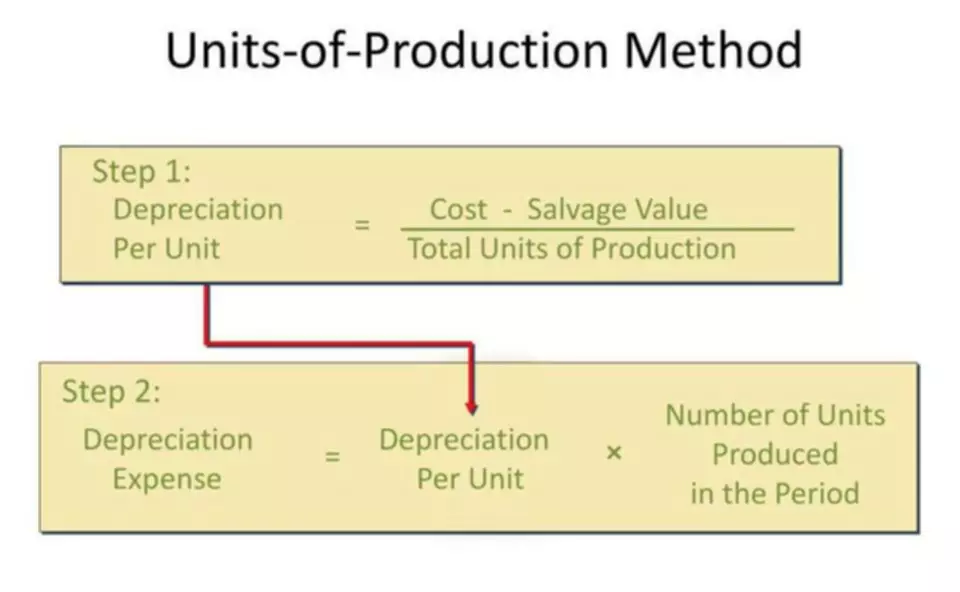Content
- Balance sheet equation (the accounting equation).
- Double-Entry Accounting Defined
- Working Capital: What Is It, How To Calculate, and Why It’s Important
- Concept of Accounting Equation:
- Assets
- You must cCreate an account to continue watching
- Cost of goods sold formula
- What is the Basic Accounting Equation?
- Financial accounting vs. cost accounting

For every change there is in an asset account; there has to be an equal change to a related liability or shareholder equity account. It’s important to keep the accounting equation in mind when taking care of journal entries. Another example might be the purchase of a new computer for $1,000.
- Your variable cost per unit is basically your cost of goods sold.
- Suddenly, this deeper level of understanding will make you love the subject.
- Liabilities are debts that the company owes, including things like accounts payable, lease payments, merchant account fees, and other debt services.
- Likewise, current liabilities are your debts that are due within one year.
- Your profit margin reports the net income earned on each dollar of sales.
- In accounting, the company’s total equity value is the sum of owners equity—the value of the assets contributed by the owner(s)—and the total income that the company earns and retains.
- Your assets include your valuable resources, while your liabilities include any debts or obligations you owe.
- This way as you make more transactions in the business, the accounting equation always stays balanced.
Their share repurchases impact both the capital and retained earnings balances. The cost of goods sold equation allows you to determine how much you spent on manufacturing the goods you sold. By simply subtracting the costs of goods sold from revenues, you’ll determine your gross profit. You may figure out how much you spent on producing the products you sold using the cost of goods sold equation. Gross profit can be calculated by deducting the costs of the things sold from the revenues.
Balance sheet equation (the accounting equation).
Here is a list of our partners and here’s how we make money. We believe everyone should be able to make financial decisions with confidence. Creditors are paid by issuing equity shares amounting to Rs. 3,000 only. A bill drawn by a creditor for Rs. 8,000 accepted for 1 month. Suddenly, this deeper level of understanding will make you love the subject. You will no longer be like a car designer who does not know how the engine works.
But sticking with it can give you a clear picture of your company’s current financial health so you can make important decisions. Equity refers to the owner’s value in an asset or group of assets. Equity is also referred to as net worth or capital and shareholders equity.
Double-Entry Accounting Defined
Are your liabilities significantly higher than your assets? This may indicate that you aren’t managing your money very well. On the other hand, if the equation balances, it is a good indication that your finances are on the right track. This equation contains three of the five so called “accounting elements”—assets, liabilities, equity. The remaining two elements, revenue and expenses, are still important (and you still need to track them) because they indicate how much money you are bringing in and how much you are spending. However, revenue and expenses are not part of the accounting equation.
What are the 5 elements of accounting equation?
This equation contains three of the five so called “accounting elements”—assets, liabilities, equity. The remaining two elements, revenue and expenses, are still important (and you still need to track them) because they indicate how much money you are bringing in and how much you are spending.
Every sale that exceeds break-even will result in a profit. Company ABC wants to purchase a $5,000 machine with cash only. This transaction results in a credit to Equipment (+$50,000) and a debit to Cash (-$50,000). Your fixed costs are your normal, recurring, predictable expenses.
Working Capital: What Is It, How To Calculate, and Why It’s Important
In this expanded accounting equation, CC, the Contributed Capital or paid-in capital, represents Share Capital. Retained Earnings is Beginning Retained Earnings + Revenue – Expenses – Dividends – Stock Repurchases. Because the Alphabet, Inc. calculation shows that the basic accounting equation is in balance, it’s correct.
You can now use your cost of goods sold number and your total sales number to determine your gross profit. Our partners cannot pay us to guarantee favorable reviews of their products or services. It will increase the assets through the increase of goods/stocks and, similarly, increase the amount of liabilities, viz., creditors. Accounting Equation Approach, known as Modern Approach (also-called Balance Sheet Equation), is one on which the entire financial accounting depends. We know that a firm requires resources to run a business unit.
Both liabilities and shareholders’ equity represent how the assets of a company are financed. If it’s financed through debt, it’ll show as a liability, but if it’s financed https://www.bookstime.com/articles/accounting-equation through issuing equity shares to investors, it’ll show in shareholders’ equity. Remember,your net income is made up of your total revenue minus your expenses.
Here are eight of the most common accounting equations and how to solve them. Accounting uses a technique to show how a transaction changes the business’s resources while maintaining a balance, or showing the equal value of the exchange. Use the break-even point formula to determine how many products you need to sell during a period to break even.
Accounting equations play a significant role in every business, and it is essential to know about them in detail. From the above, you would have got a better idea of the different accounting formulas used in businesses. How about having smart cloud-based accounting software to manage all your accounting tasks effectively? Connect with us today and get a free trial of Accoxi to know more.
- Initial start-up cost of a company that comes from the owner’s own pocket – that’s a good example of owner’s equity.
- Having a current ratio of less than one means you have more current liabilities than assets.
- The items that your business possesses, such as real estate, cash, stock, accounts receivable, and any equipment that will enable you to generate future benefits, are all considered assets.
- The total of the trial balance should always be zero, and the total debits should be exactly equal to the total credits.
- Changes to assets, specifically cash, will increase assets on the balance sheet and increase cash on the statement of cash flows.
- It’s important to note that net income may also be net loss if your net income comes to a negative number.
Only after the debts are settled can the shareholders receive any of the assets in an attempt to recover their Investments. The total amount of the transactions in each case must balance out, ensuring that all dollars are accounted for. Debits are typically noted on the left side of the ledger, while credits are typically noted on the right side. Let’s look at some of the most commonly used accounting ratios so you can see which ones could be beneficial to your business. The net income equation, then, shows you how profitable your business’ operations are, but not how healthy your cash flow is. As soon as the creditors are paid, both assets and liabilities are reduced.
Changes in the balance sheet are used to calculate cash flow in the cash flow statement. The accounting equation remains balanced because there is a $3,500 increase on the asset side, and a $3,500 increase on the liability and equity side. This change to assets will increase assets on the balance sheet. The change to liabilities will increase liabilities on the balance sheet. This important accounting formula tells you at a glance if you are spending too much in relation to your revenue.

A screenshot of Alphabet Inc Consolidated Balance Sheets from its 10-K annual report filing with the SEC for the year ended December 31, 2021, follows. As our example, we compute the accounting equation from the company’s balance sheet as of December 31, 2021. The monthly trial balance is a listing of account names from the chart of accounts with total account balances or amounts. Total debits and credits must be equal before posting transactions to the general ledger for the accounting cycle. A company’s liabilities include every debt it has incurred.

